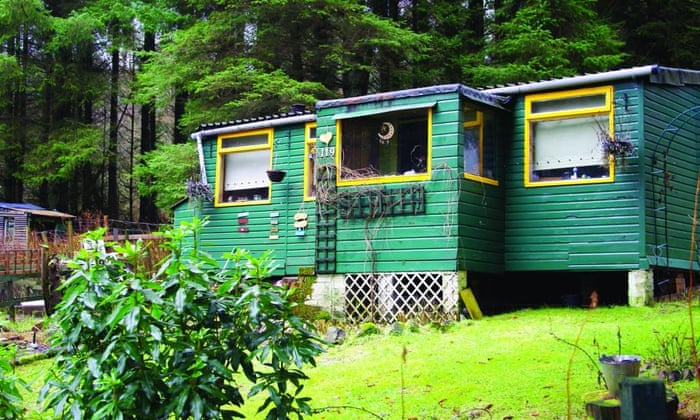by Michael Smith (Veshengro)
 While purchasing “green” can be good, but buying less is better and making is better still. But how many of us are prepared to make things that we want (and need) for ourselves (and others)? If you have to buy then try to buy secondhand, and that includes especially clothes.
While purchasing “green” can be good, but buying less is better and making is better still. But how many of us are prepared to make things that we want (and need) for ourselves (and others)? If you have to buy then try to buy secondhand, and that includes especially clothes.
Many companies offer token green products – and they are nothing but tokens and often not as green as advertised – with the hope that consumers won't see how unsustainable the whole system is to begin with. The (other) problem is also so-called greenwash, that is to say falsely claiming green credentials for a product or even entire company.
Our grandparents lived a much simpler life – sometimes out of necessity – and for many that carried through into the modern era. They often kept their “old” furniture, wore their clothes for as long as possible, often expertly mended, and they lived the make do and mend culture and saw nothing special in it at all. Today this “culture” is becoming fashionable though I sincerely hope that it is more than just a fashion. Grandma would, often, also make the clothes for herself and for Grandpa and also for the kids and grandchildren. She would can produce from her garden and produce from the market when in season so they had stuff for through the winter. Grandpa would make many things for the home, the homestead, and what ever else, often by repurposing but also from scratch, though more often than not using reclaimed materials.
There are few like that left in our “modern” world, people as well as homes. We live in a time of such constant consumption that people and their homes are in a constant state of turnover and turmoil even. It is normal today to update, freshen up, change colors, style and furniture based on whims, deals and the latest fads. We are a society obsessed with and defined by consumption. But this does not need to be. It is up to us whether or not we want it that way.
Bill Bryson once said, “We used to build civilizations. Now we build shopping malls.”
The idea of reducing and especially ceasing unnecessary consumption altogether is highly unpopular, especially with producers (and the governments – more about that later though). So much so in fact that many companies offer token “green” products in order to alleviate the shopper's guilt.
In reality, however, those products are often less than green, despite their appearance, and the marketing that goes with them all too often. Many are made to be non-toxic or recycled, but are then packaged in ways that are unsustainable; think of packaging that's made from recycled materials but is non-recyclable itself, or those awful bio-plastics from corn starch or other sources that are supposed to be compostable but always end up in the trash because they are not truly compostable and also are not recyclable.
The British government – and others – are also not too keen on people reducing or ceasing consumption and have even gone so far as to label the thrifty and refuseniks as “domestic terrorists” for not supporting the growth of the economy.
Then there are all the products that are green, but spur people to unnecessary consumption because they look and sound so good from an ethical viewpoint. While purchasing green products of all kinds is certainly better than non-green ones when needed, the real problem lies at the root of consumption itself.
I have personally come across people who buy “green” products, such as recycled glass storage jars, while at the same time throwing glass produce jars that would do the job equally well and at no cost, into the recycling bin. The comment I got when I challenged that was: “but those jars are for recycling” and even when explained it still made no sense to the people concerned and I had one reply that was “but they are not all the same then”. And the same is true with the recycled steel pencil bins for the desk; a tin can cleaned up (and maybe even decorated) will do the job equally well. Oh, but the tin can from produce is also for recycling. Alas the consumer mindset will take a while to eliminate.
Some people also believe that they can only be eco-friendly if they buy more and more of those green products instead of thinking of reusing, repurposing and/or upcycling what is already there, such as packaging “waste”, whether in the form of tin cans, glass jars, boxes, or whatever. Other think, because they cannot afford to buy those green products that they cannot go environmentally friendly because they lack the funds. We really have to get that information out there to educate people.
We cannot buy our way to a green planet, regardless of how many green and eco-friendly products we may buy. There is just no way that consumption, at its current level, can ever be sustainable no matter how green it claims to be. The whole growth model on which our global economy is built is at odds with our Planet's limitations. Infinite growth, as the economy appears to need and want it, is not possible on a finite Planet, and finite its resources are, especially the non-renewable ones.
If we all stopped shopping superfluously, then yes, the system would collapse, but the current system is bound for collapse regardless. It is simply unsustainable and for that reason alone it is bound to collapse.
This is not about bashing capitalism, since other economic systems, be it socialism, communism, or whatever, are just as hard on the planet as capitalism. But then again, we, so far, have never really had proper socialism/communism anywhere; it always turned into a system of state capitalism rather, as the means of productions were not, as they should be, owned by the workers but by the state.
The common focus of those systems is on who owns the means of production, but we must also and especially question as to why we produce so many things in the first place, and that is where our discussion must ultimately lead.
We (seem to) produce things for the simple act of producing them, whether they are needed or not and we produce nowadays in such a way that every year or every couple of years things need to be replaced because they are designed to break down (built-in obsolescence) as if there is a kill switch in them that is set to have the machine – or whatever – die just after the one year or three year (depending) manufacturer's warranty has expired.
Instead of, the way it once was, producing goods that have a long life span – manufacturers then had to develop new or better products if they wanted to keep selling things – manufacturers have opted for the built-in obsolescence method. That way they don't have to do R&D and just can go on making the same thing and we have to buy the same thing again and again, ad infinitum.
It is time we challenged the system by cutting out shopping for anything but the necessities. Buy ethically made, organic clothes when you need them, or better still buy good quality secondhand from charity shops and such like. Drive less or get rid of your car and get a bicycle. Again as to the bicycle go for a good quality secondhand one and no, it doesn't have to have all those bells and whistles, though a bell it should have. Buy an old house instead of building new. Keep it small. Eat better and eat less. The fewer things we buy, drive, and build, the less energy (renewable or not) required overall, and the better off we will all be, and the Planet.
Simply put, the scale and pace of our consumption cannot be supported through sustainable methods. To live within our Planet's ecological limits, we are going to have to find a way to consume less, both of renewable and non-renewable resources.
Purchasing green can be good, but buying less is better. Can this become the new norm? It is not a question of can. It must become the norm. And we must (also) change and develop from a consumer society to a maker society.
We must regain the mindset of our grandparents and their parents that we make (and grow) as much as we need ourselves, from a variety of materials, including those that others regards as waste, and that we reuse, repurpose and upcycle as many things as possible.
© 2017




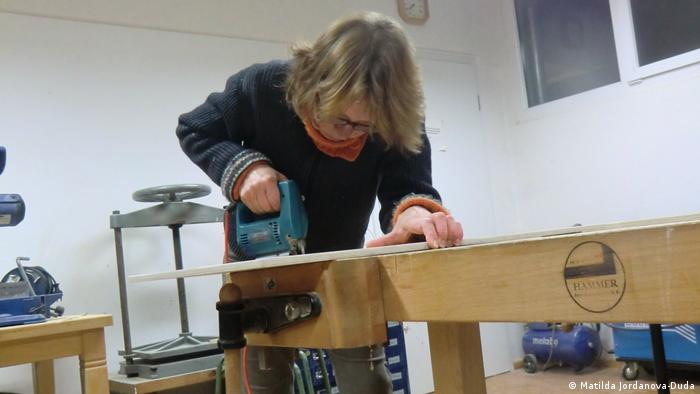
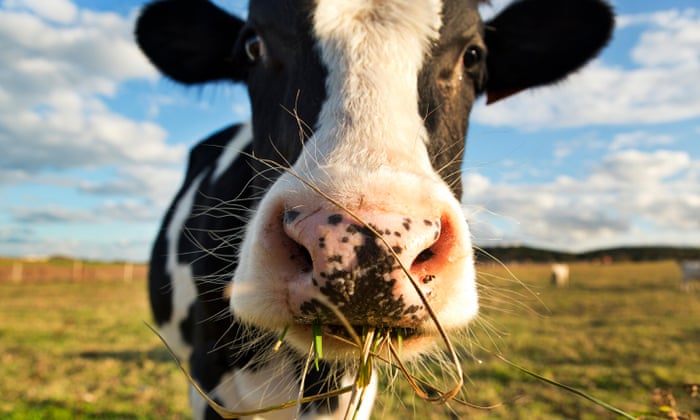







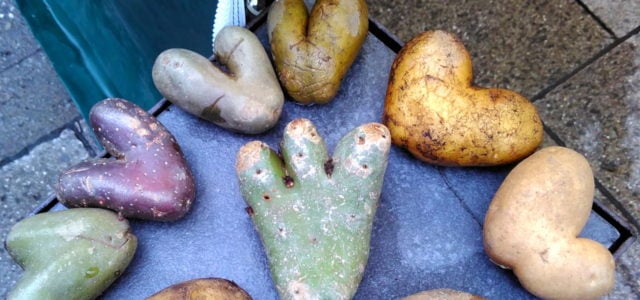

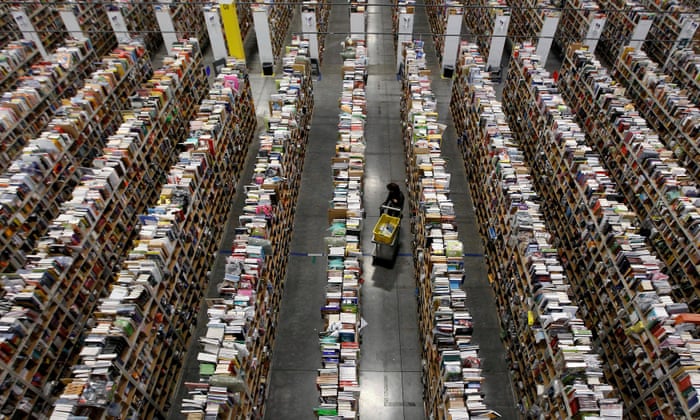
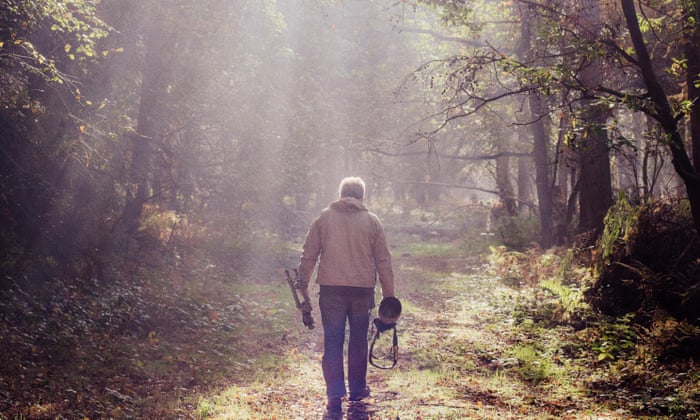



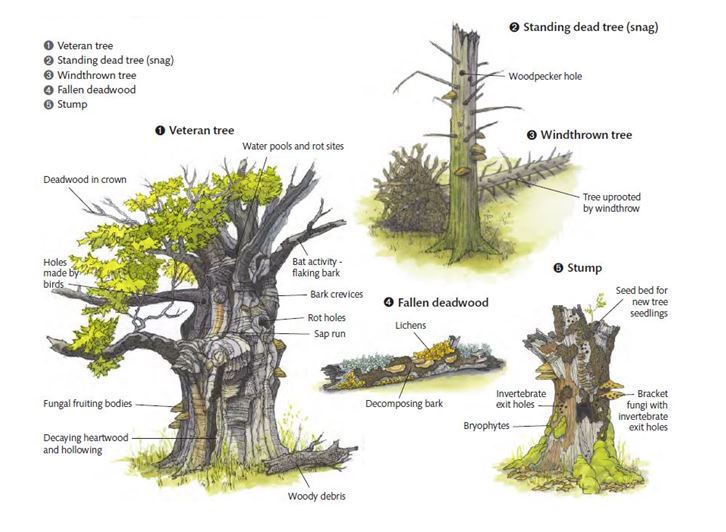

.JPG) Planning a garden involves deciding what crops to plant, how to efficiently use your space, and correctly timing of planting each crop. With a little extra planning, you can have a garden that provides a bountiful harvest of both produce and seeds. Whether you are planning a large backyard garden or have only a small garden plot, these tips and strategies will get your planting efforts off on the right foot.
Planning a garden involves deciding what crops to plant, how to efficiently use your space, and correctly timing of planting each crop. With a little extra planning, you can have a garden that provides a bountiful harvest of both produce and seeds. Whether you are planning a large backyard garden or have only a small garden plot, these tips and strategies will get your planting efforts off on the right foot.![Courgette Defender Organic COU4998A TOZER[2] crpped Courgette Defender Organic COU4998A TOZER[2] crpped](https://blogger.googleusercontent.com/img/b/R29vZ2xl/AVvXsEiS1AxeOZHTLtHcQVpBMY5NgP1-FAJuUo6f4PcjZiWglEMGeDO7Jtq9eISHBqZv_j6opvrfWLZ15dold24zdCs2X_5gqTWNrNLwsrZzJiEqK6JmE7l-tN6sN9V3eSPkpMkPcmUDFNBcQuZ-//?imgmax=800)











